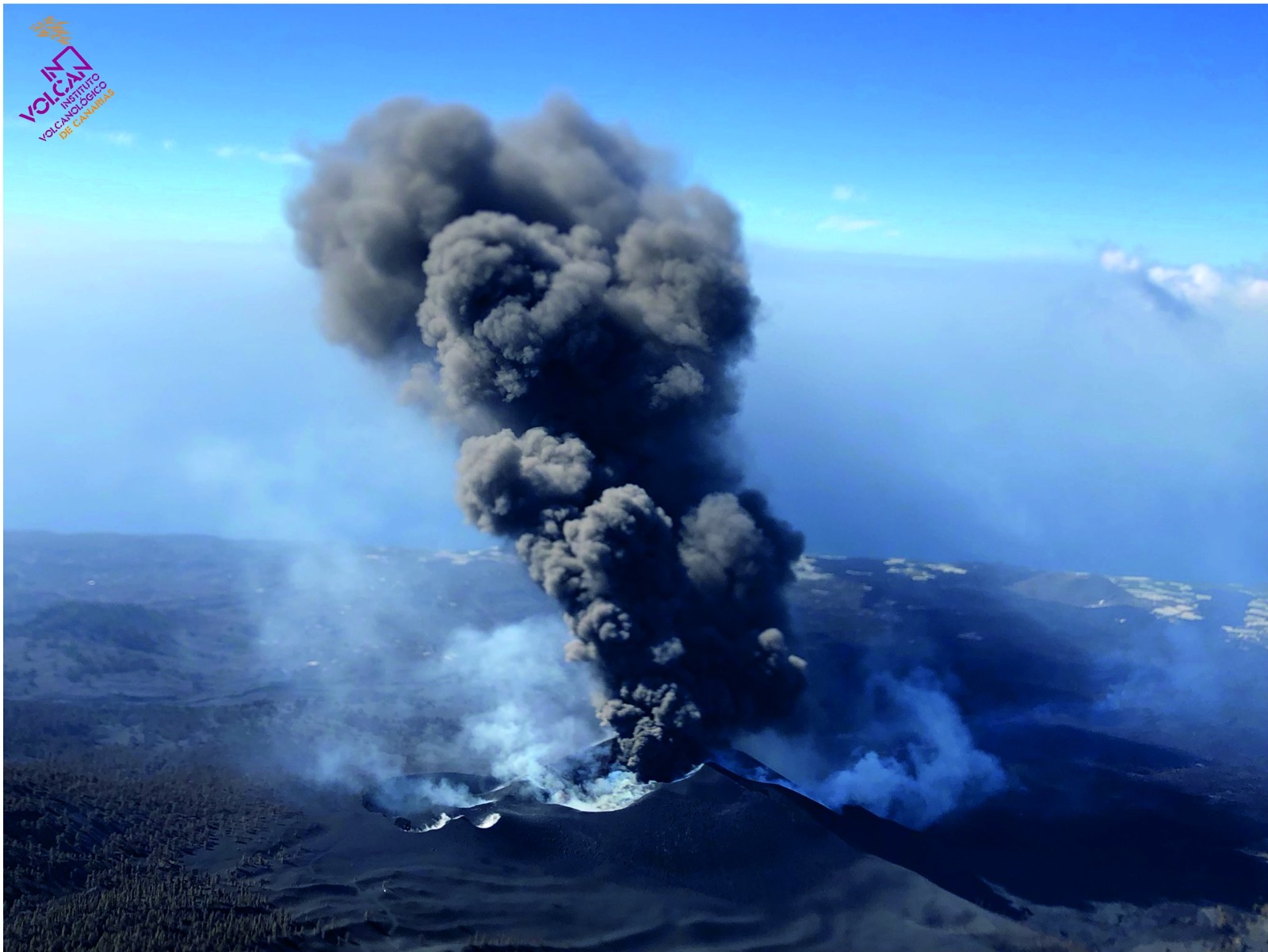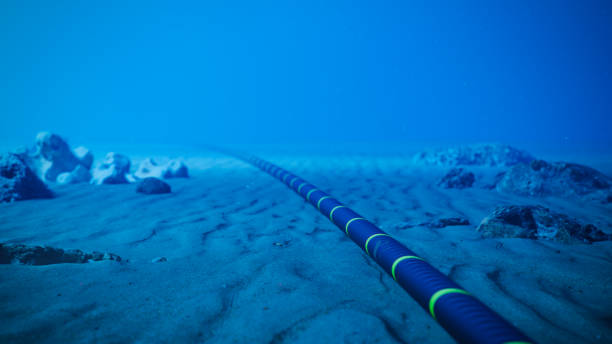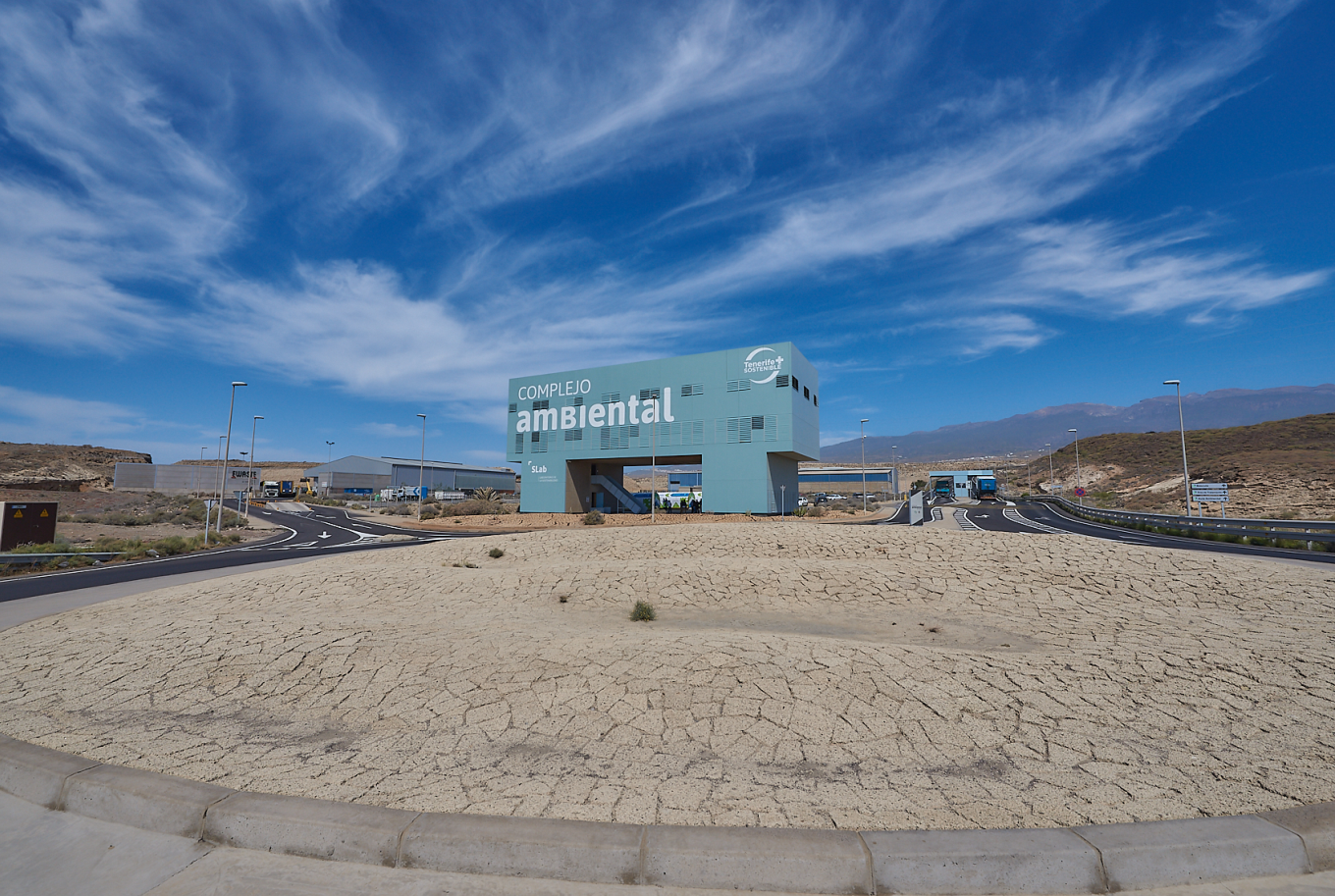The study, in which INVOLCAN and ITER have participated, has obtained promising results for obtaining near real-time information on the dynamic evolution of explosive volcanic activity through electrostatic monitoring.
Analysis of electrical signals generated by the Tajogaite volcano on La Palma during 2021 demonstrates that volcanic lightning can provide valuable information about an eruption, including its source parameters and the direction of the ash cloud.
The study, published in one of the scientific journals of the Nature group, was carried out by researchers from the Instituto Volcanológico de Canarias (INVOLCAN), the Instituto Tecnológico y de Energías Renovables (ITER), the Ludwig-Maximilians University of Munich (Germany), Bristol Industrial and Research Associates Ltd (Biral) and the University of Bath (UK).
The research focuses on how eruptive styles affect the generation of electrical charges and discharges within a volcanic plume, an area that still presents many unknowns. Specifically, the study details that volcanic lightning detection has proven to be useful for volcanic monitoring by providing information about the eruption, its source parameters, and ash cloud directions. However, little is yet known about the influence of changing eruptive styles on the generation of electrical charges and discharges within the volcanic plume.
During the Tajogaite eruption on La Palma (Canary Islands) in 2021, researchers took the opportunity to continuously monitor variations in electrical activity over several weeks using an electrostatic lightning detector. The results show that the electrical charge of silicate particles is the main mechanism of electrification during the eruption. In addition, the type of electrical activity was found to be closely linked to the style of the explosive eruption.
Fluctuations in electrical discharge rates are probably controlled by variations in eruption rate and/or changes in eruptive style. These findings hold promise for obtaining near-real-time information on the dynamic evolution of explosive volcanic activity through electrostatic monitoring.
This work has been published in the prestigious journal Communications Earth & Environmentof the Nature publishing group, which publishes high quality research papers, reviews and commentaries on Earth, Environmental and Planetary Sciences.
Reference to the article:
- 𝐶𝑎𝑟𝑟𝑜𝑛 𝐸. 𝐽. 𝑉𝑜𝑠𝑠𝑒𝑛, 𝐶𝑜𝑟𝑟𝑎𝑑𝑜 𝐶𝑖𝑚𝑎𝑟𝑒𝑙𝑙𝑖, 𝐿𝑢𝑐𝑎 𝐷’𝐴𝑢𝑟𝑖𝑎, 𝑉𝑎𝑙𝑒𝑟𝑖𝑎 𝐶𝑖𝑔𝑎𝑙𝑎, 𝑈𝑙𝑟𝑖𝑐ℎ 𝐾𝑢𝑒𝑝𝑝𝑒𝑟𝑠, 𝐽𝑜𝑠𝑒́ 𝐵𝑎𝑟𝑟𝑎𝑛𝑐𝑜𝑠 & 𝐴𝑙𝑒𝑐 𝐽.𝐵𝑒𝑛𝑛𝑒𝑡𝑡. 𝐄𝐱𝐩𝐥𝐨𝐬𝐢𝐯𝐞 𝐞𝐫𝐮𝐩𝐭𝐢𝐨𝐧 𝐬𝐭𝐲𝐥𝐞 𝐦𝐨𝐝𝐮𝐥𝐚𝐭𝐞𝐬 𝐯𝐨𝐥𝐜𝐚𝐧𝐢𝐜 𝐞𝐥𝐞𝐜𝐭𝐫𝐢𝐟𝐢𝐜𝐚𝐭𝐢𝐨𝐧 𝐬𝐢𝐠𝐧𝐚𝐥𝐬. https://www.nature.com/articles/s43247-024-01 520-6.






